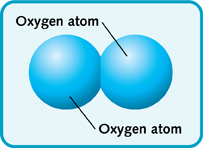Question #bb06f
1 Answer
NTP, or Normal Temperature and Pressure, conditions imply a temperature of
Since you also know the volume the gas occupies under these conditions, you can easily solve for the number of moles present by using the ideal gas law equation,
Once you know how many moles of oxygen gas you have, you can calculate the number of oxygen molecules by using the fact that 1 mole of any substance contains exactly
So, start by figuring out he number of moles you have
This is equivalent to having
Since oxygen is a diatomic molecule, i. e. it takes two oxygen atoms to make up an oxygen molecule, the number of oxygen atoms will be twice as big


